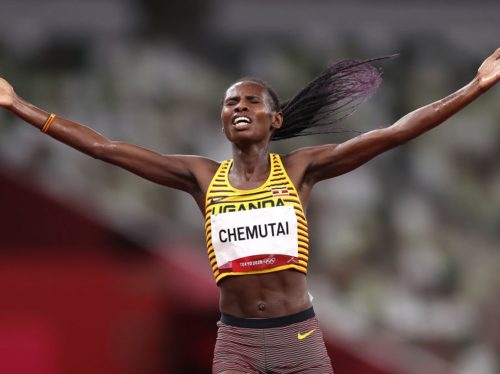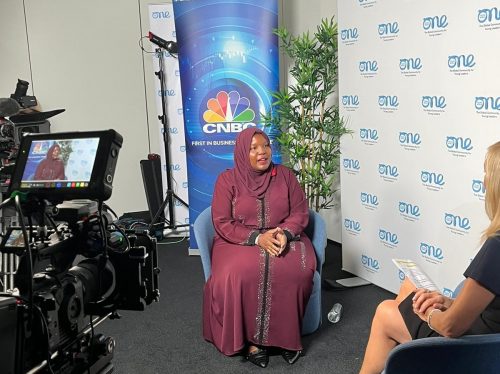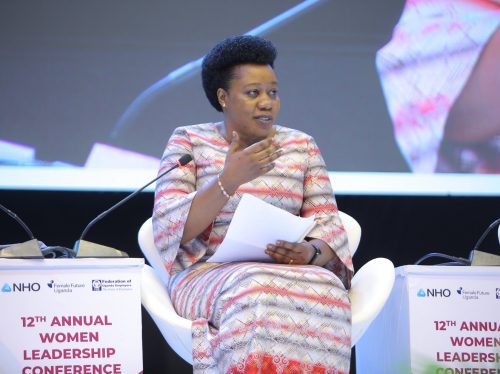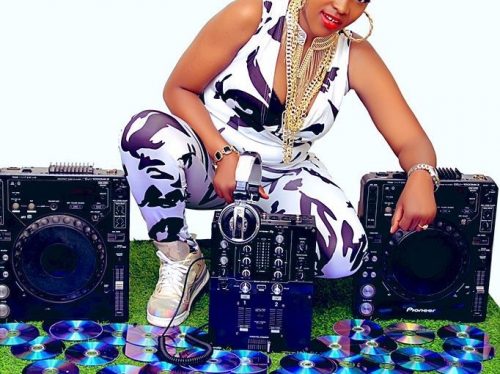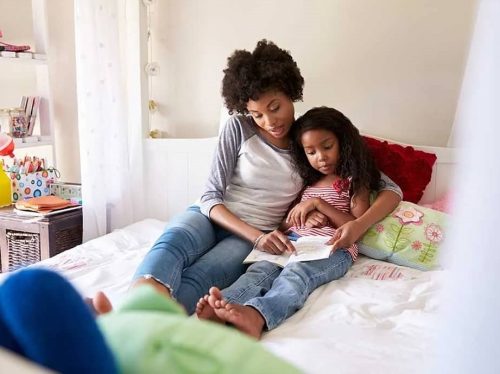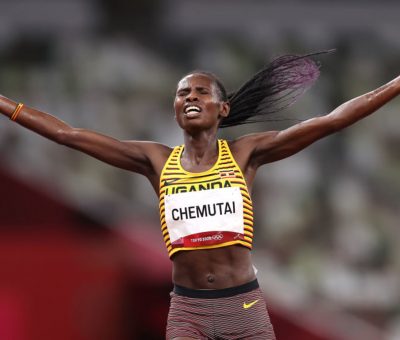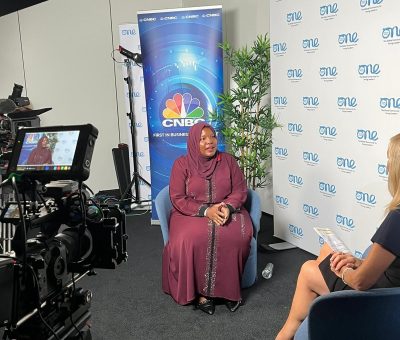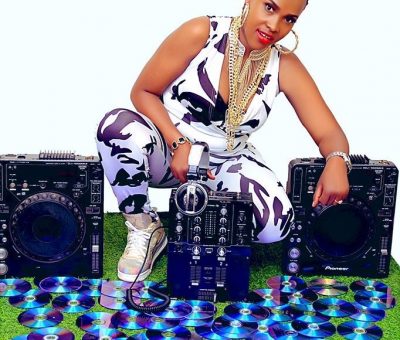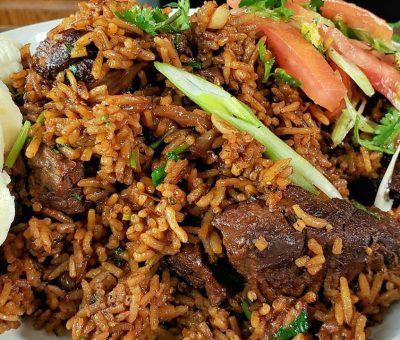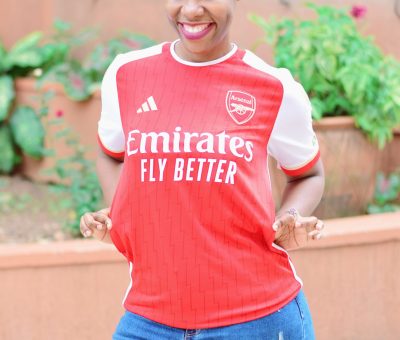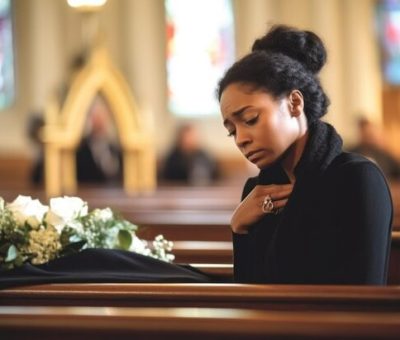Dr Olive Kobusingye has mastered surgery and is now helping other women succeed in the field
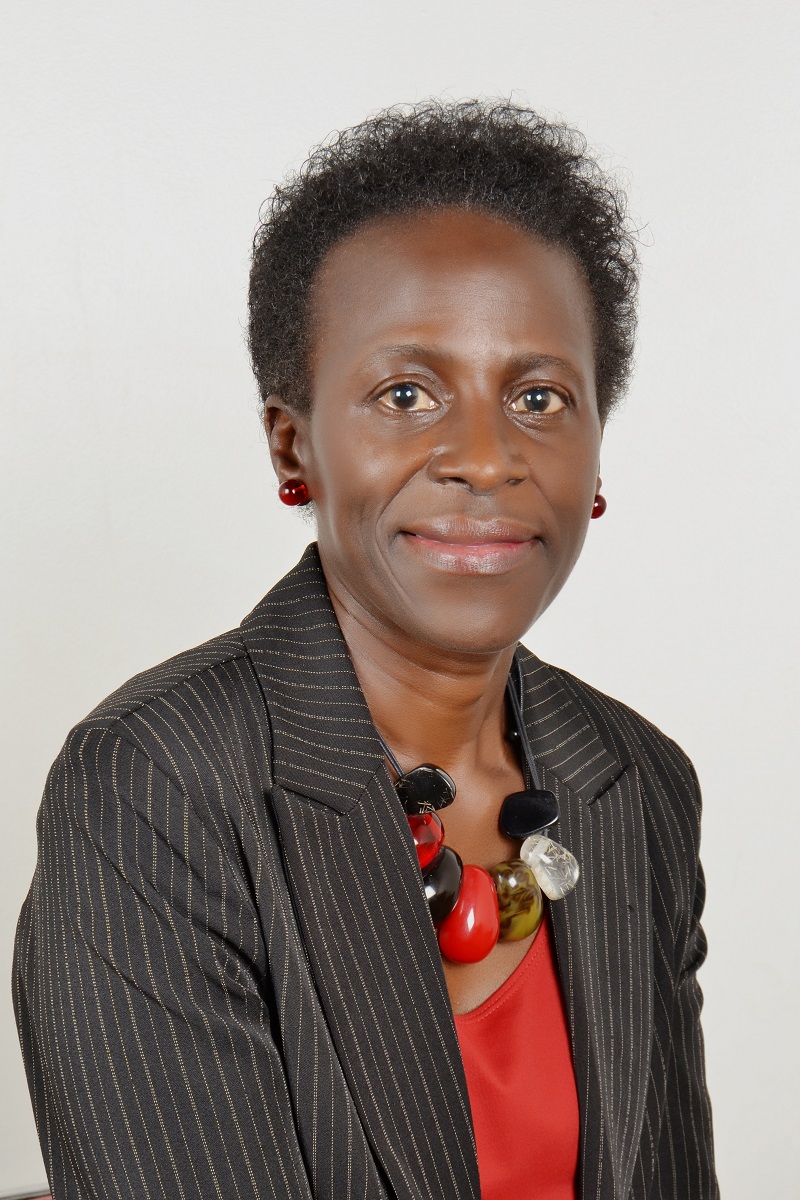
“While there might be a lot of pain and sacrifice, we certainly see joy as well. We save more patients than we lose, we get to help a lot of people, and that more than makes up for the bad times. In my field, ‘Accident & Emergency’, it is possible to see a patient turn around in a few minutes, and that makes it worth it,” says Dr Olive Kobusingye.
The fifth born in a family of six children, Dr Kobusingye was born in Rukungiri District in South Western Uganda, to a teacher and policeman turned trader. Unfortunately, both her parents passed on before she was 12 years old. Her first career choice was to become an engineer but her elder brother advised her against this saying then, at Makerere University, women did not do well in engineering no matter how bright they were. After listening to her brother’s advice, medicine was her next option.
At Makerere University, Dr Kobusingye thought of venturing into forensic pathology, then psychiatry, but neither fascinated her. However, surgery was different because she saw miraculous recoveries even in the grimmest of cases. Her five years at medical school coincided with the National Resistance Army civil war that led to many casualties and more than half a million deaths.
For her internship, Dr Kobusingye chose Machakos General Hospital in Kenya as she desired to experience medicine in a more stable environment. It was here that she pursued a career in surgery under the guidance of Dr Mohamad Alkama, the head of surgery.
She says he was always happy to let an intern hold the scalpel or do the closing, and it was a joy to scrub for him. His operating lists had everything from craniotomies, thyroidectomies, laparotomies, external fixations, and he occasionally threw in clubfeet. All was done with good cheer. Two years later, Dr Kobusingye returned to Uganda to start her surgical residency and found that medical services were still quite poor. They were characterised by shortages of almost everything; sutures, equipment, anaesthesia, medicines, and lab reagents.
“It was a constant frustration. To compound the problem, AIDS was ravaging the country, putting medical workers at great risk. I felt very fortunate to have excellent surgeons such as my teachers, especially Prof JC Ssali who was my immediate supervisor. He was the quieter and older version of Dr Alkama.”
Even as she moved to accident and emergency surgery, the shortages did not let up inasmuch as her patients’ conditions could not wait for relatives to sell household property to buy medical supplies. “The cost of mismanaged medical services culminating in lives needlessly lost was always before me. It was more evident during my year as the Acting Head of the Accident & Emergency at Mulago National Referral Hospital. Frustrated at the many needless injuries, especially from road traffic crashes, I chose to take on trauma care and injury prevention as the focus of my career.”
Over the last 20 years, Dr Kobusingye has been a major force in promoting both trauma care and injury prevention in low- and middle-income countries (LMICs) globally.
To that effect, she founded the Injury Prevention Center at Makerere University, one of the first academic injury prevention centers in Africa. Her research addressed straightforward ways to improve care for the injured in LMICs, something that she realized was possible, despite the extreme resource limitations. Her development of the Kampala Trauma Score (KTS), which is now used worldwide, a simple way to risk-adjust injured patients, is another of her brilliant developments. It has helped, especially in locations where it would be difficult and time-consuming to use the complex scales used in high-income countries. She also co-developed a training course for teams working in emergency units – the Trauma Team Training course.
Even when she served as the World Health Organisation Regional Adviser on Injury for Africa, based in Brazzaville, Congo, Dr Kobusingye provided input on trauma care to 46 African countries thus looked for ways to improve trauma care broadly in many countries.
“That also enabled me to see beyond the immediate problems, to the bigger ones that hamper care in LMICs. In trauma, patients are still getting debilitating osteomyelitis because there is not enough saline to carry out a decent debridement (the process of removing unhealthy tissue from the body). Perhaps the surgical community needs to begin addressing upstream factors which make our surgical practice an impossible task.”
Mentoring girls for science
As she has done with every doctor that passed through her hands, Dr Kobusingye continues to mentor people, with a greater focus on women. This is done in so many ways, most of them undocumented.
“Everywhere I have worked, I have made it a point to encourage young women to take up interesting and challenging positions and specialisations, and to ignore those who say certain courses are for men.”
When she worked as a surgeon at Mulago, Dr Kobusingye took it upon herself to always work with female interns to show them that women too can make excellent surgeons. “Whenever I had young women coming to do rotations under my supervision, I tried to expose them to opportunities that would open doors for them. I believe that even just working with a female surgeon was encouragement.”
Currently, Dr Kobusingye heads a research unit at Makerere University School of Public Health where she still has the opportunity to mentor young people, both men and women.
“I find that one of the most important ways I can mentor women in science is to open opportunities for them through my professional networks. So, I take them with me for meetings. Then when an opportunity to make an important presentation arises, I propose that they do it. There, I help them with the preparation. I tell them they should walk through doors that are open to me. In science, as in other fields in life, connections are powerful so I remind them that it is not just about head knowledge but also the connections they make, and what they make of them. I thus model for them how to leverage those networks in science.”


